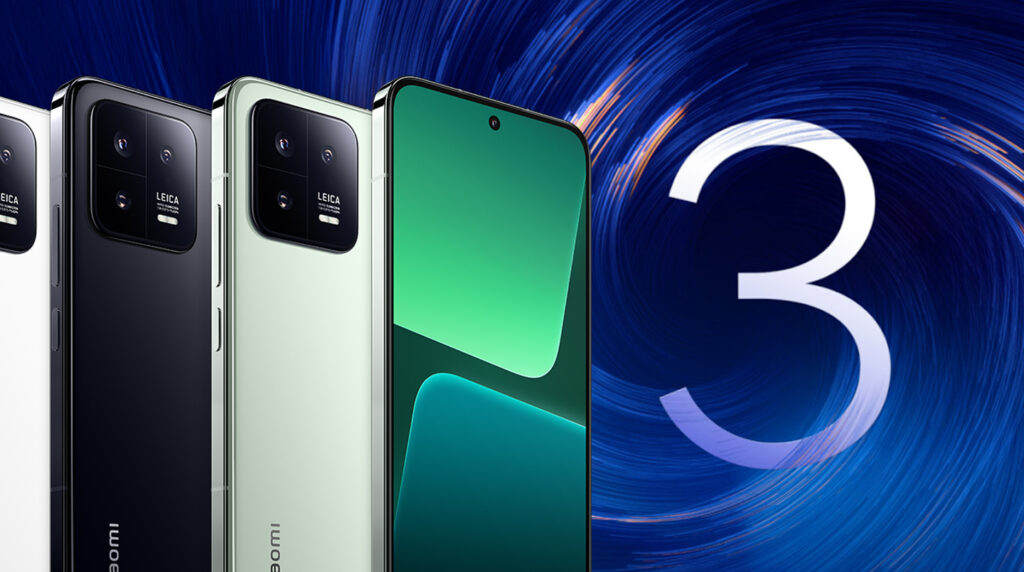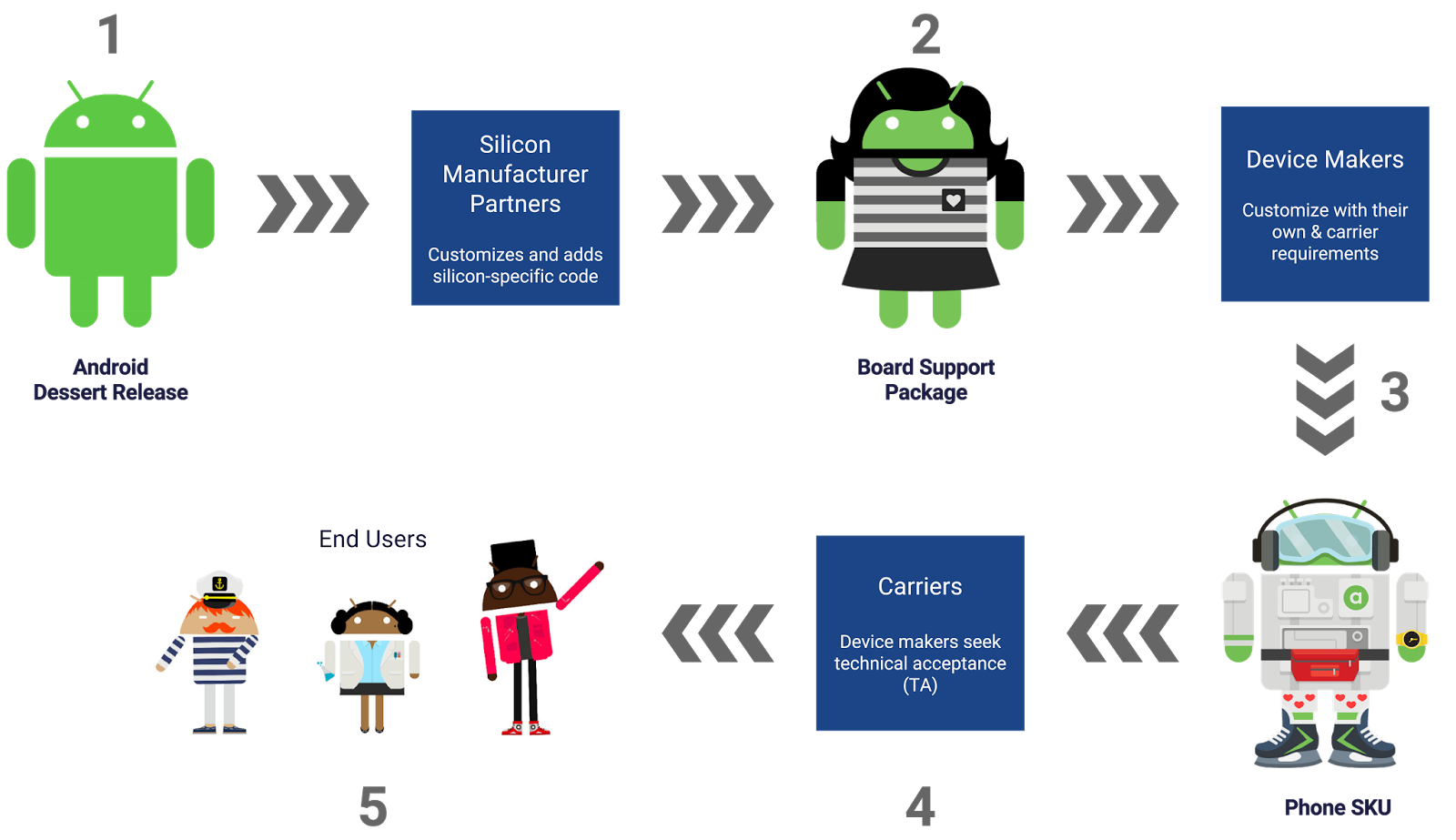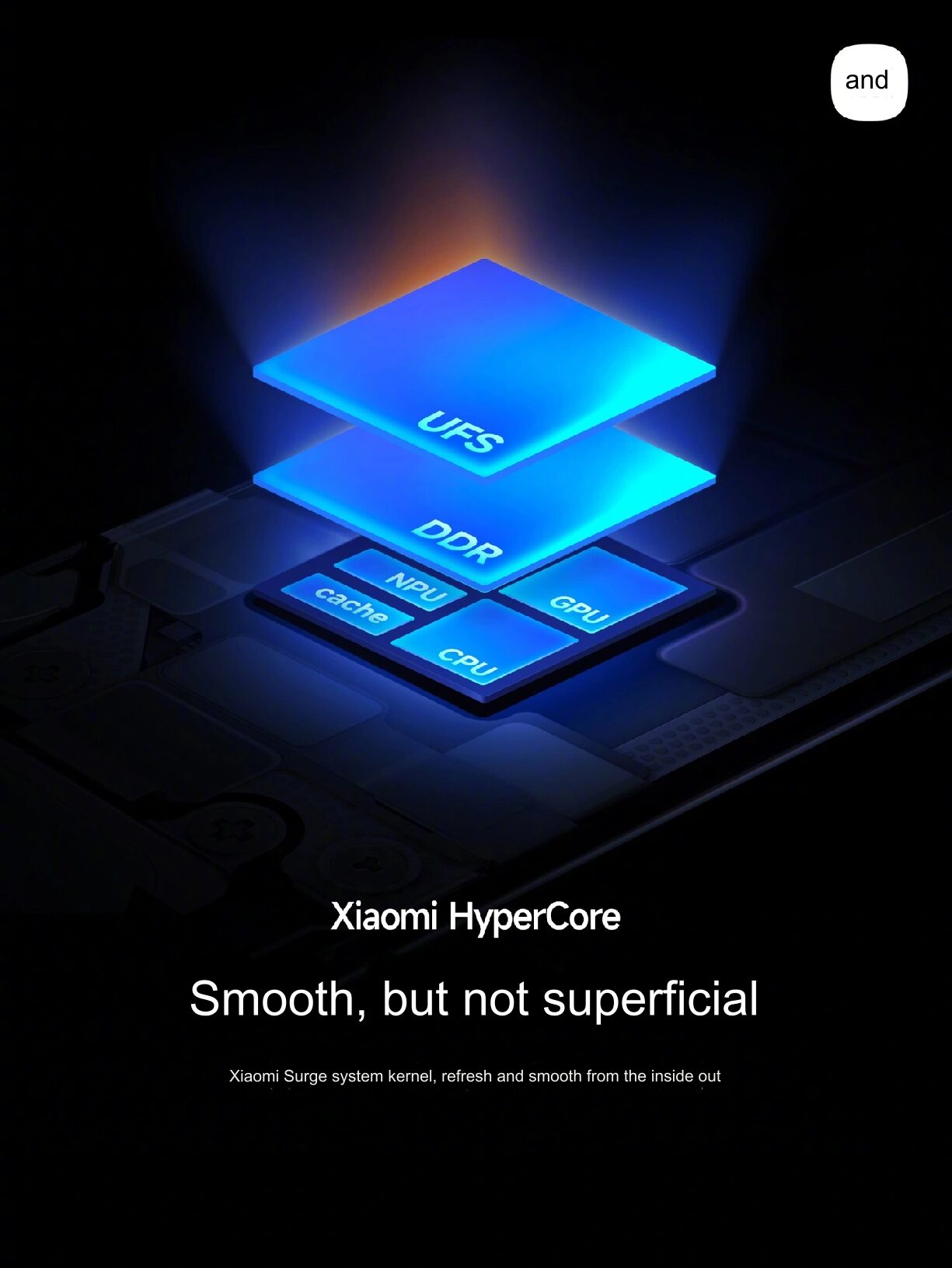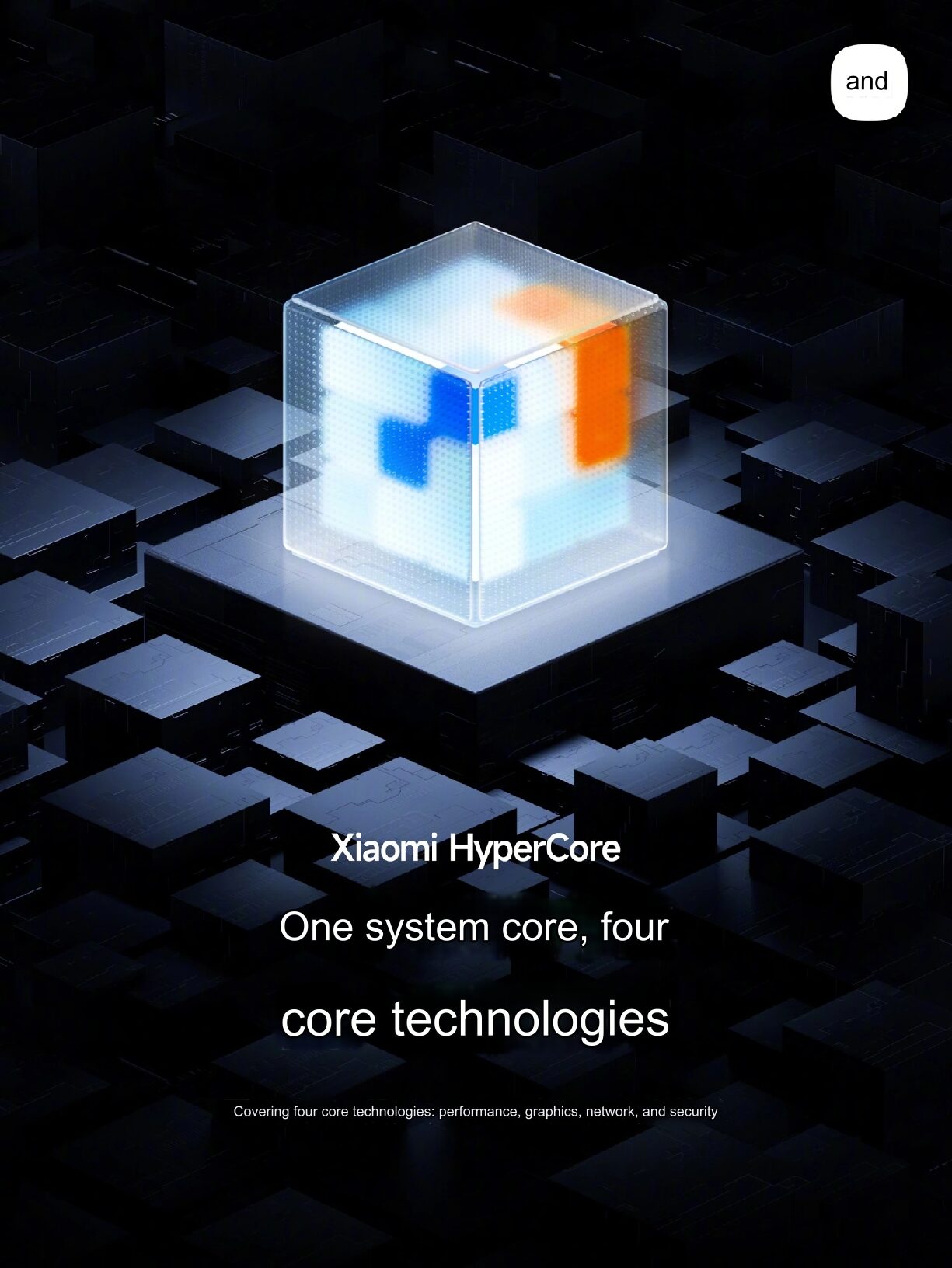The shift to an Android-based HyperOS 3 sparked, for many Xiaomi devices, one question: Why can’t all devices get it on the same day? Although Android’s modular systems, like GSI, GKI, and Project Treble, cut down time spent to enhance firmware compatibility, real-world deployment requires model-specific engineering, testing, and coordination with vendors. These layers make simultaneous rollout technically unfeasible.
Understanding the Complexity of Android Modularization
Modern Android architecture decouples the system framework from vendor components, but it doesn’t remove deep dependencies altogether. Xiaomi needs to make sure new Android requirements align with their legacy HALs. Even slight mismatches in versions of camera HAL or modem interfaces can block an OTA update from installing. This means each device requires a manual verification, and thus, a uniform release date is simply unrealistic.
Why GSI and GKI cannot deliver same-day updates
Generic System Images and Generic Kernel Images are designed for testing and baseline compatibility, not for consumer-level deployment. Imaging, thermal regulation, network provisioning, modem behavior, and AI camera processing all rely on proprietary modules on Xiaomi hardware that do not exist within a pure GSI build. Each of those needs to be reintegrated and validated for HyperOS 3.
HyperOS Architecture Extends Beyond Stock Android
HyperOS is not a mere skin on top of Android. It embeds Xiaomi’s Vela micro-kernel technologies, the HyperOS ecosystem framework, and the HyperCore scheduling system. These proprietary layers demand extra engineering every time Google modifies Android APIs or kernel structures. A new Android version could mean rewriting and retesting thousands of lines of middleware across phones, tablets, wearables, and IoT devices.
Cross-Device Ecosystem Testing Expands the Update Timeline
HyperOS allows for real-time syncing across phones, tablets, and TVs—smart home devices, too. Whenever Android tweaks Bluetooth or Wi-Fi behavior, Xiaomi is forced to revalidate its whole interconnection protocol. That’s a recipe for blowing up your testing matrix—and a major block to mass deployment. Reliability across the ecosystem trumps speed.
Vendor, Certification and Regional Factors Extend the Process
Every chipset, be it from Qualcomm or MediaTek, needs updated Board Support Packages before Xiaomi can start working on customizing HyperOS. Once BSP integration is complete, devices will need to undergo Google Mobile Services certification, so the Play Store works as intended. Of course, compliance checks will vary depending on each region and operator requirement, rendering a single global rollout date impossible.
Why Flagship Devices Receive Updates First
The reason flagships receive updates before other models is not because of marketing strategy, but because their more uniform hardware configurations reduce the overall time taken in validation. Mid-range and entry-level devices require more optimization for handling memory management, thermals, and graphics layers.


 Emir Bardakçı
Emir Bardakçı






This is not entirely true either! The Xiaomi 14T Pro is one of the so-called flagship phones, but it still hasn’t received Hyper OS 3. So it would be nice if they just wrote the truth.
هههههه ماذا أقول و انا عندي هاتف شاومي 14 الذي يعتبر هاتف رائد لهذه الشركة و لم يتلقى هايبراس 3 إلى الان
It’s not entirely false but it also due to Xiaomi lazyness